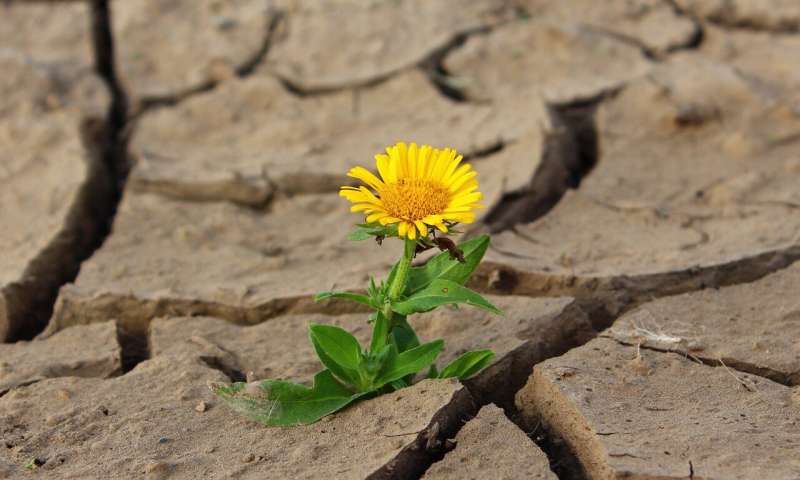HOME
Climate study looks at humans' exposure to extreme temperatures during 21st century

Denver is known for its relatively mild climate and its four distinct seasons. It's also known for its temperature fluctuations over the course of a day or even hours. But what does that mean for the city's residents—and for that matter, the rest of the inhabitants of the continental United States when it comes to temperature extremes?
That's what Ashley Broadbent wanted to know. Specifically, he wanted to know how populations throughout the United States will experience heat and cold during the 21st century.
So, Broadbent, an assistant research professor in Arizona State University's School of Geographical Sciences and Urban Planning, used state-of-the-art modeling tools to analyze how three key variables would affect human exposure to extreme temperatures from the beginning of this century to its end.
He and his collaborator Matei Georgescu, an associate professor in ASU's School of Geographical Sciences and Urban Planning, concentrated on the following three key factors: climate change brought about by greenhouse gas emissions; urban-development induced impacts arising from the growth of cities; and population change in individual cities.
News Source